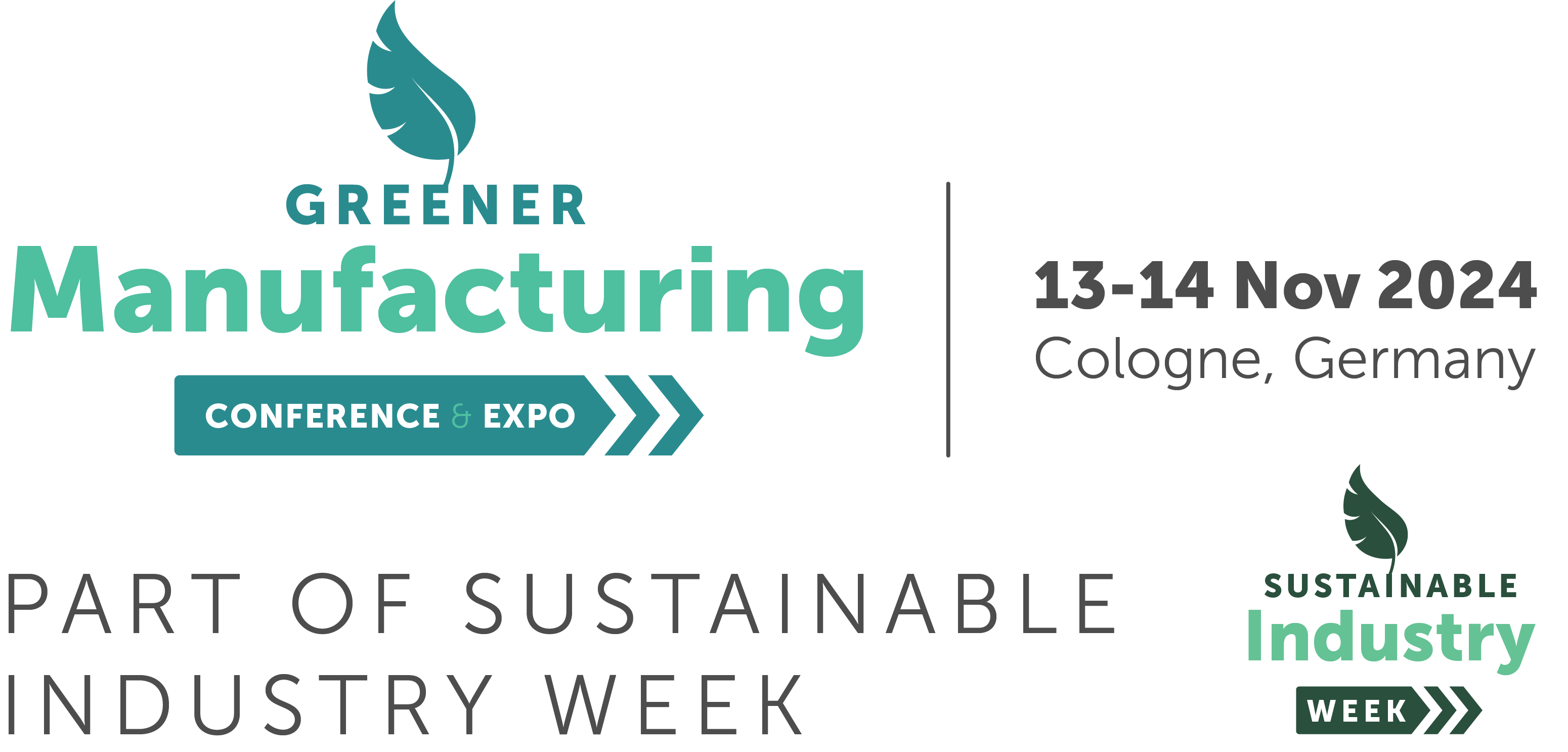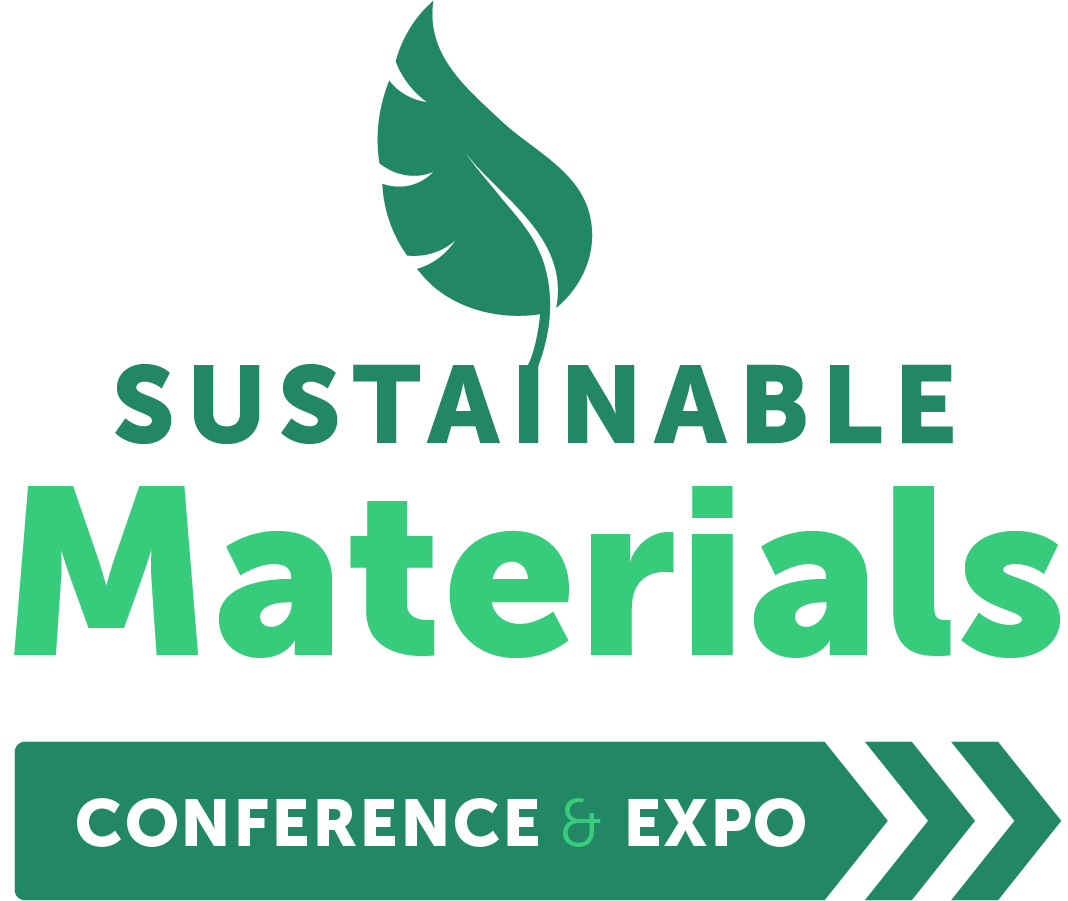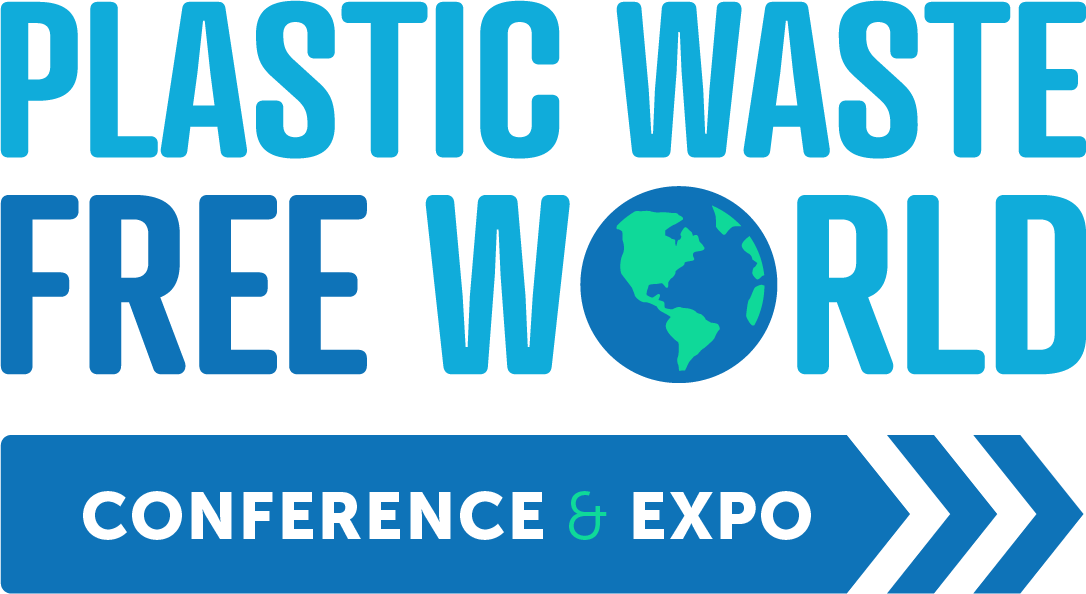Report outlines three building blocks to cut up to ¾ of emissions from building and construction sector globally
)
The UN Environment Programme and the Yale Center for Ecosystems + Architecture have produced a report which explains how renovating buildings rather than creating new structures will cut up to ¾ of embodied emissions from the construction and building sector. The report talks about three building blocks, designed from research, which will help climate action through making it easier to renovate rather than build if companies follow the building blocks listed. These changes will help construction companies cut emissions produced from construction materials like concrete, steel and aluminum.
‘Building materials and the climate: Constructing a new future’ said that the building environment is responsible for 37% of global greenhouse gas pollution. However, the report by UN Environment Programme and Yale Center for Ecosystems + Architecture says that the building blocks: avoid, shift and improve, are urgently needed as three pathways to achieve net zero emissions by 2050.
The first and predominant one, avoid, presents the best opportunities the report claims, as avoiding building new structures and avoiding using new materials will result in the reduction of extraction of new raw materials and will also decrease the production of emission-intensive materials. By using a careful design and renovating an existing structure, embodied emissions can be cut by 50-75% and not extracting new materials can cut emissions by another 10-50%.
The second one, shift, looks at utilising sustainability and ethically sourced renewable construction materials, including timber, bamboo and other bio-based materials to replace the usual construction materials. This change could help the industry cut 40% of their emissions by 2050.
The final pathway, improve, focuses on reducing emissions from the usual construction materials such as concrete, steel, aluminium, glass and bricks in order to improve the materials the construction industry is using. The report mentions some options to make this possible, for example electrifying production processes and using renewable energy to power these processes. As well as, improving energy efficiency and applying changes to the materials and the processes used in production.
The report summarises that the key message for the construction sector, is that it is time to move away from focusing on only reducing operational emissions and to focus on reducing embodied emissions as well in order to increase the industries chances of achieving net zero by 2050.
The UNEP industry and economy division director, Sheila Aggarwal-Khan said, “Net zero in the building and construction sector is achievable by 2050, as long as governments put in place the right policy, incentives and regulation to bring a shift the industry action.”





